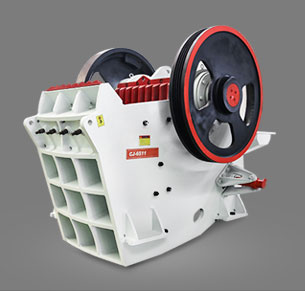Lathe bed grinding is a precision machining process used to restore or enhance the flatness and alignment of a lathe bed. The lathe bed is a critical component of the lathe machine, as it provides the foundation for the carriage, tailstock, and other moving parts. Over time, wear and tear can cause the lathe bed to become uneven or misaligned, leading to inaccuracies in machining. Grinding the lathe bed ensures that it meets the required tolerances for smooth and precise operation.
Key Steps in Lathe Bed Grinding:
1. Inspection and Assessment:
– Measure the flatness and alignment of the lathe bed using precision tools such as straightedges, dial indicators, or laser alignment systems.
– Identify areas of wear, warping, or damage.
2. Preparation:
– Clean the lathe bed thoroughly to remove dirt, grease, and debris.
– Disassemble components (e.g., carriage, tailstock) that may obstruct access to the bed.
3. Grinding Process:
– Use a specialized grinding machine with a large grinding wheel capable of handling the length and width of the lathe bed.
– The grinding wheel removes material from high spots to achieve a flat and uniform surface.
– The process may involve multiple passes with progressively finer grits to achieve the desired surface finish.
4. Alignment Check:
– After grinding, verify the flatness and alignment of the lathe bed again using precision measuring tools.
– Ensure that all critical surfaces are parallel and perpendicular as required.
5. Finishing:
– Apply protective coatings or treatments (e.g., rust inhibitors) to prevent corrosion.
– Reassemble the lathe components and perform functional tests to ensure proper operation.
.jpg) Benefits of Lathe Bed Grinding:
Benefits of Lathe Bed Grinding:
– Restores accuracy and precision in machining operations.
– Extends the lifespan of the lathe machine.
– Reduces vibration and improves surface finish quality.
– Ensures consistent performance for high-tolerance work.
 Considerations:
Considerations:
– Lathe bed grinding requires specialized equipment and expertise.
– It is typically performed by professional machine tool rebuilders or experienced machinists.
– The cost and time involved depend on the size of the lathe bed and the extent of wear.
If you’re considering this process for your lathe, consult with a qualified service provider to ensure optimal results.




